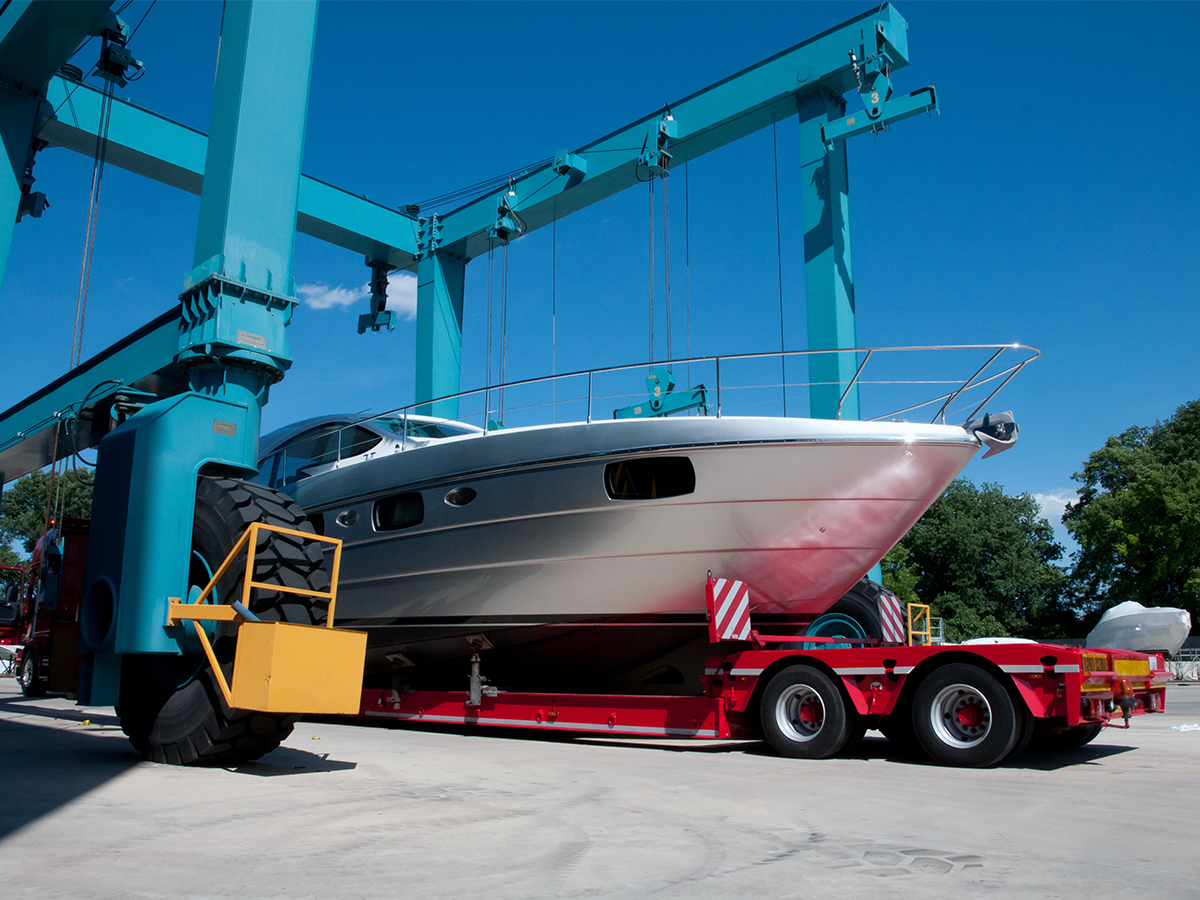Post-Covid Global Shipping Crisis: Boom or a Bane on Australian Importers and Exporters?

If this persists for a more extended period, there is a high chance of inflation in the global shipping economy. Every nation has its share in experiencing this debilitating shipping crisis.
Prevented Export Destinations
Due to the soaring shipping rates, many shipping lines preferred to export the products to more profitable destinations like Europe and US trade lanes. This added to the challenges as Australians were restricted from shipping the goods to logistically challenging destinations like India.
This urged the cost-cutting of the containers by shippers. They are now only ordering twice as many empty containers to go with the ship, which used to be thrice before Covid hit the economy.
The Deteriorated Chinese - Australian Relations
Ever since Australia supported a call for an international inquiry into China’s Coronavirus situation, China elevated the Tariff rates on the goods exported from Australia. It is a known fact that Australia exports more goods to China than it imports from the country. Many Barley, Cotton, Lobsters, Coal, and Timber exporters are adversely affected due to the high tariff rates. The decrease in the export rates has greatly shrunk the overall shipping industry in Australia.
China heavily relies on Australian Iron Ore exporters and remains unaffected, which adds a little positivity to this tragedy between the China- Australian trading relations.
Congestion at Ports
As the lockdown in China gets back to normal, there is a sudden demand for goods and services in the US and Europe. Taking advantage of this increased demand post lockdown, carriers spiked the monthly rates and implemented additional surges. This led to congestion at various ports across the world.
While this situation induced tension in the shipping fraternities, insufficient empty containers were returning to Europe or Asia – leading to a global container shortage. The huge congestion is resulting in a lot of delay in the overall shipping process.
Constrained Capacity
Due to the congestion and blockages at several ports, many ocean carriers suffer from constrained capacity. This usually occurs when there is no room for the cargo on freight vessels. This is the root cause of many delays happening in the Australian shipping industry at the moment.
Many major business operations are disrupted, which is making it difficult for them to get hold of the situation. Meanwhile, industry exporters and importers are trying hard to find the right containers to ship the products. Shippers have reported a huge spike in the cost of shipments.
The Root Cause of the Adverse Shipping Crisis in Australia
The root cause of this problem can be identified as the imbalance, when it comes to balancing container trading. While many full containers are entering the nation, only a few empty containers are leaving the country. Additionally, the sudden demand for goods fueled the port congestion at crucial places leaving the ports not fully equipped to cope with these factors.
Many major ports like Port Botany and the Port of Melbourne with container parks have reached their capacity and are unable to accommodate empty containers. These containers are usually sent back to China which is not possible now due to many shipping constraints. As per many market intelligence reports, approximately 50,000 containers are stuck in Australia. Yet, there is a container shortage due to an imbalance between imports and exports.
Where is the Australian shipping economy heading?
The freight rates from China are slowly reducing. The discussions going on for removing port congestion surcharges in Sydney are the only welcoming factor for the shipping industry now. However, the industry continues to remain volatile till the new normal exists. We at Global Forwarding are looking forward to building shipping solutions that can help us sustain the post covid environment.
